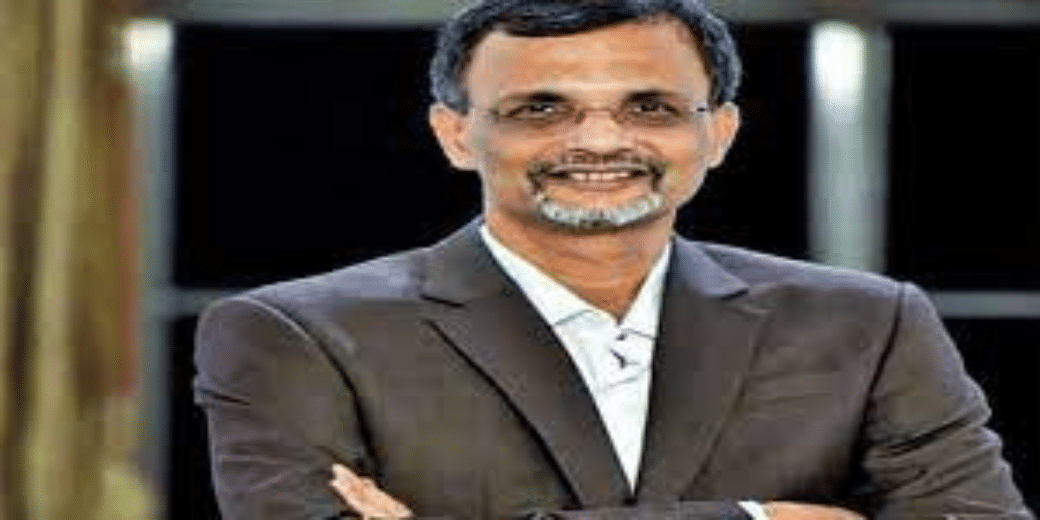Paradigm shift in household savings towards real estate: CEA
Low interest rates incentivised channelling of financial savings towards property market: Experts
- Kanishka Birat
- Last Updated : April 5, 2024, 16:09 IST

In a recent interaction with news daily, ‘The Hindu Business Line’, the Chief Economic Advisor to the Government of India (GoI), V Anantha Nageswaran, has said that he has noticed a paradigm shift in household savings in India to the real estate sector. Another business daily, ‘Mint’, citing a report by the global brokerage firm, BofA Securities, had said that as of FY22, the real estate sector accounted for 77 per cent of total physical savings in the country.
According to the Reserve Bank of India (RBI), household savings are of two types. One is financial assets and the other is physical assets. Financial assets comprise of bank deposits, capital market, money market, etc. While, the latter is comprised of real estate, physical gold, etc.
According to the BofA report, financial assets constituted 56 per cent of total household savings in the country. While, physical assets accounted for 44 per cent of the share.
Physical assets’ share in total household savings of the country was continuously on the decline from 69 per cent in FY12 to 49 per cent in FY21. Albeit, it picked up from FY22 onwards driven by significant savings drift towards the real estate sector.
Finacial savings on the other hand has hogged the limelight, recently. It has dipped to 50 year low of 5.1 per cent of GDP. Experts said households savings being channelised towards real estate might be one of the major factors behind financial savings dip. Lower rate of interest in last few years might have incentivised households to direct savings towards real estate.
In financial savings, share of bank deposits too has fallen from 39 per cent in FY01 to 37 per cent in FY23. While, that of capital market has doubled from four per cent to eight per cent during the same period. Financial literacy induced share of insurance premiums, provident funds and pension funds in total financial savings zoom from 34 per cent in FY01 to 40 per cent in FY23.
Download Money9 App for the latest updates on Personal Finance.
Related
- देश की आर्थिक गति बरकरार, 6.5 से 7 फीसदी ग्रोथ हासिल करने की उम्मीद
- भाविश अग्रवाल ने बताई ओला के मुनाफे की रूपरेखा, इलेक्ट्रिक कार पर नहीं है फोकस
- Budget’24: Gold, silver prices to soften soon, customs duty drops to 6%
- Microsoft Global Outage: What led to the ‘Blue Screen of Death’?
- NSE updates collateral criteria, makes F&O trading harder
- RBI warns banks of ‘lakhs’ of accounts used for fraud, evergreening

